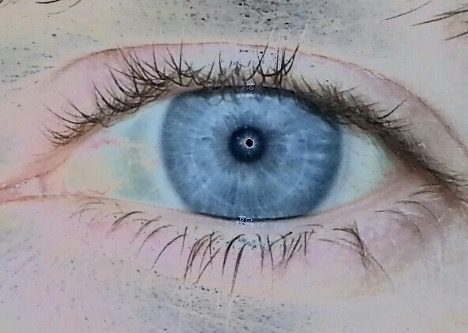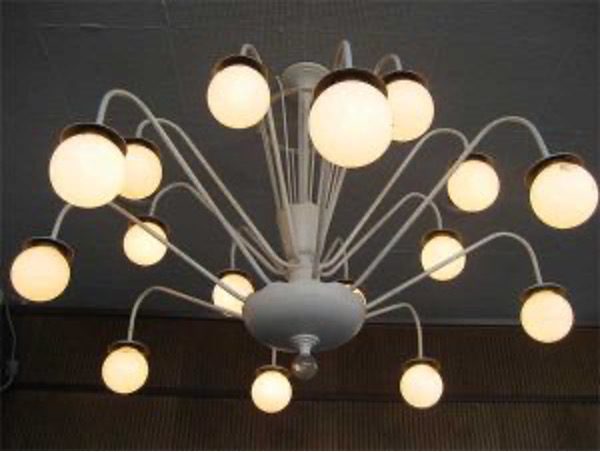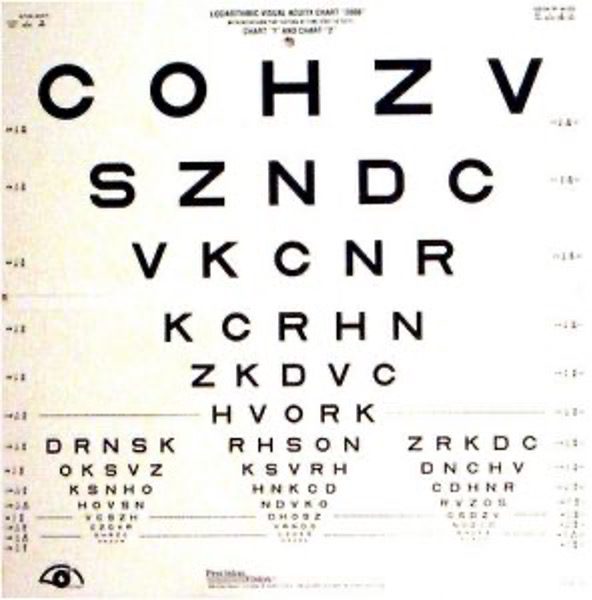Experts Shine a Light on how Good Lighting Supports Aging in Place

By: Doug O’Neill | June 26, 2018
“I know very few vision scientists who know – or care – about lighting,” said Dr. Frances Wilkinson at the recent Integrative Lighting Conference hosted by the Smart Sustainable Lighting Network at the University of Toronto Impact Centre. “And that needs to change if we’re going to enable aging Canadians – especially those who live with visual impairments – to thrive in their own homes.
“We need to make people aware of the possible age-related changes to their vision – but providing solutions is also important,” said the York University psychology professor who’s also an adjunct professor in the department of ophthalmology & vision sciences at University of Toronto. “The practical goal of my work on aging is to inform the design of age-friendly living environments.”
What happens (or can happen) to our vision as we age?

Dr. Wilkinson hears a number of common concerns from older adults: “I need a lot more light to read and I still can’t read very fine print – especially on my medication packaging;” “The indoor world seems dark;” “I have a lot of trouble distinguishing the colours of my clothes. Black, dark blue, olive green – they all look alike;” “I’m experiencing problems with adjusting my eyes when I go from a dark space to a bright space;” and “I’m blinded by car headlights at night and I have difficulty reading road signs.”
She is quick to clarify that the people sharing these challenges “are not people in longterm care facilities, but active people who want to continue to share the world with younger people.” What’s really sobering, says Wilkinson: “Sometimes these individuals have been told by their physician that such symptoms are a normal part of aging, and that there’s nothing you can do about it. Frequently, this is not the case. There’s also the possibility of more serious afflictions, such as glaucoma, macular degeneration and diabetic retinopathy.”
According to Dr. Patrick Bennett, a professor of psychology, neuroscience and behaviour at McMaster University in Hamilton, ON, “We probably underestimate the impact of vision changes as we age. A person’s vision impacts mobility, social interaction, communication, ability to work, independence and quality of life.”
Dr. Bennett outlined some of the common vision changes that can happen as we age:
- reduced pupil size (which makes it difficult to handle sudden glare especially when moving from a darkened room into brightly-lit space)
- dry eyes (which causes irritation)
- loss of peripheral vision (especially dangerous for drivers)
- decreased colour vision (which makes it difficult for people to discern different colours of clothes or find door ways)
- vitreous detachment (which causes spots and “floaters” in one’s eyes).
Bennett is quick to point out that not every adult will experience the same vision changes: “We cannot stress enough the importance of regular eye check-ups and alerting one’s physician or optometrist whenever there’s a change or diminishment in one’s vision.”
The problem with floral wallpaper and glaring overhead lights

People living with vision issue can benefit from lighting modifications in their homes, according to Sweden-based lighting consultant Tommy Govén, in his presentation European Application Design Aspects in Light and Lighting for the Ageing Population. “But,” he says, “because age-related vision changes are different for each person, the lighting modifications you make in your home will be – or should be – unique to your vision impairment.”
Some of the strategies being implemented in Europe include:
- glare-free lighting (which makes it less jarring for people moving from darkened rooms to bright rooms and vice versa);
- improved daylight penetration (opening blinds to allow in more natural, ambient lighting);
- well-balanced light distribution (getting rid of darkened or shadow-filled living areas where people can trip and fall);
- localized lighting systems (which illuminate specific spaces, such as a book or desk);
- dimmable lighting systems (so the lights don’t have to be completely on or completely off);
- dynamic lighting (such automated window blinds that can be timed to open wide in the afternoon when light is needed, and closed at night to shut out the glare from external lighting).
Govén also urges people living to get rid of patterned wallpaper and floral carpets (especially on the stairs). “Some eyesight issues make it hard for people to deal with any kind of ‘visual clutter.’ Wild patterns on stair steps can make it difficult for people to see the actual steps.”

He also urges people to avoid painting walls the same colour as the carpet and doors, opting instead for contrasting colours. “The ability to distinguish one object from another is often a reality for people with vision issues.”
Peter Raynham, a senior lecturer at the UCL Institute for Environmental Design and Engineering in Britain, says it’s important to consider a variety of factors before modifying residential lighting to improve vision a home.
“Lighting options are plentiful: full-spectrum, incandescent, halogen, fluorescent and LED lighting, each with their own characteristics. Is the proposed lighting adjustable for flexibility? Can it be further modified in the future should one’s vision continue to change? Does the modification reflect the specific visual impairment of that specific person? (For instance, some experts suggest that people with age-related macular degeneration need four times more light than those with normal vision.) Will the new reading lamp still allow the individual to find their way across a darkened room?”
